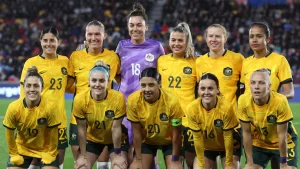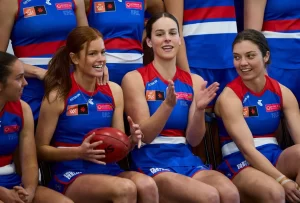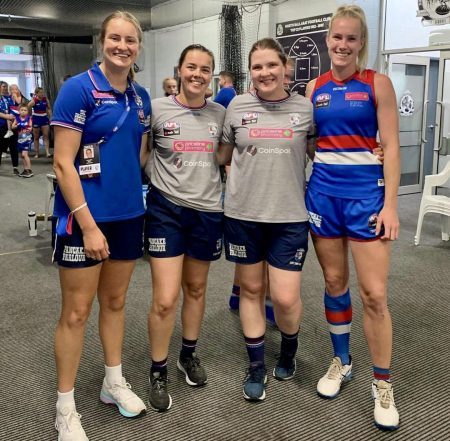In the spotlight:
With the recent achievements of the Matildas at the World Cup, women’s sport is high on the agenda and the topic of many conversations. Crowd records being broken at the recent Women’s World Cup, historic collective bargaining agreements being made in the AFLW and Prime Minister Anthony Albanese promising one of the largest sums in women’s sport with $200 million invested through the Play Our Way program: https://www.footballaustralia.com.au/news/football-australia-welcomes-federal-governments-200-million-commitment-female-sports
At times, with the increased exposure in the media and more females playing sport, there are some concerns that are now starting to gain awareness.

These health concerns include the following:
- The impact of the menstrual cycle on performance and recovery.
- High performance sport impact on fertility.
- Loss of periods (dysmenorrhoea).
- Increased incidence of ACL injuries in females.
We have to acknowledge these issues and the impact that they have on female athletes.
However, with the increase in funding and research currently being conducted in these areas, this will help bridge the gap and address some of these concerns. Rather than focusing on the negative side of the rise of women’s sport, it is time to celebrate and acknowledge the wins.
Where are we doing well?
- Increased engagement in women’s sport. This is reflected in ticket sales, media coverage, sponsorship, merchandise sales, broadcast viewership and live attendance.
- Increased female participation in physical activity and sport, particularly team-based sport. This contributes to positive social, physical and mental health outcomes.
- Embracement of equity, diversity and inclusion with players and supporters.
- Role models for the younger generation.
My experience in women’s sport:
I have worked with the Western Bulldogs AFLW team since the inception of the AFLW competition in 2017. Each year the competition has grown in strength and numbers. The first season included eight teams, with the competition now including eighteen. Growing up, there were limited options after completing Auskick. There were no female-only junior teams, and the only option to continue was to play with the boys. Compared to now where there are girls and senior women’s teams at the majority of local football clubs and ample opportunities in high performance programs and teams.
There is also the theme ‘if you can’t see it, you can’t be it’. With more female sports becoming more professional and moving towards this being a full-time career, young girls will be exposed to lots of female athletes as role models. I have a personal example of this from last weekend when I travelled to the Gold Coast with the Bulldogs for our Round 4 game. When travelling, it’s hard to miss the group of 40 players and staff walking through the airport in club uniform. There were two separate instances where two young girls’ faces lit up as we walked past them, with one stopping some of the players to get a photo. You couldn’t wipe the smile off her face.

A promising future:
We will never quite see the true impact of the rise of women’s sport, but it is a fact that women in sport are changing the game. That also means that future generations, of all genders, will never know that elite women’s sporting competitions and leagues haven’t always existed.
~ Natasha Symons
Physiotherapist
You may find these other PMPP blogs interesting:
https://portmelbournephysio.com.au/inseason-strength-training/
https://portmelbournephysio.com.au/muscle-mass-and-bone-density-during-menopause/
https://portmelbournephysio.com.au/physiology/

